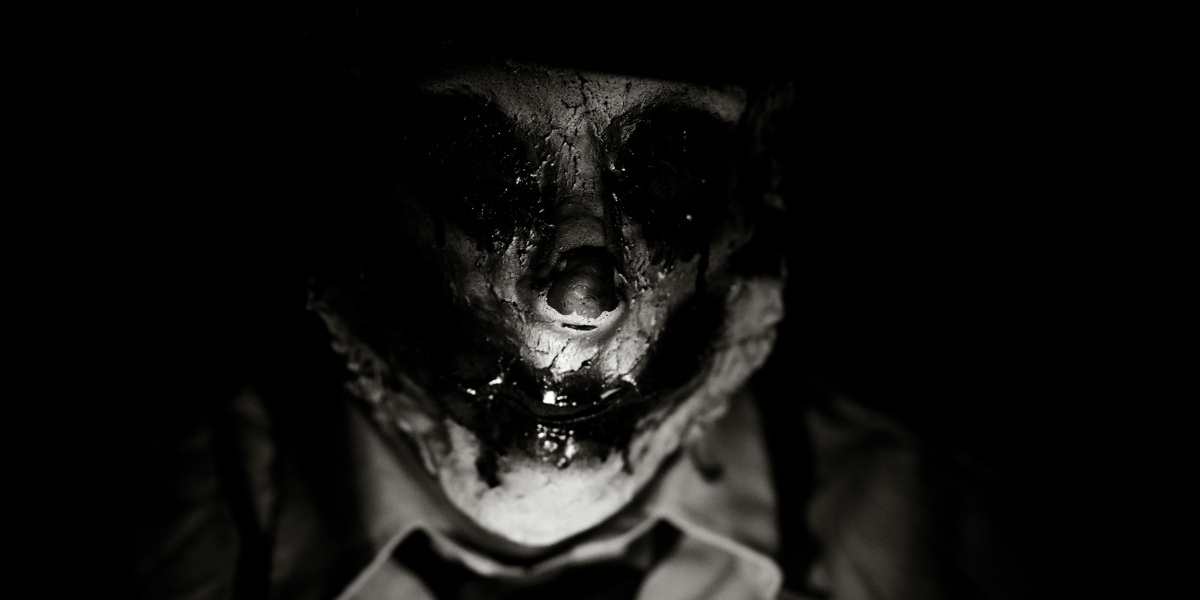By: Joshua Finley
Paul T. Frankl’s introduction of rattan furniture to Southern California in the 1930s didn’t just introduce new material into the design landscape—it inspired a movement that redefined coastal modernism and helped shape the Southern California lifestyle aesthetic.
Frankl’s innovative use of rattan in the 1930s and 1940s brought a new level of sophistication to interior décor, blending organic shapes with modern aesthetics.
“Paul T. Frankl transformed a rather dated type of furniture into something modern and urbane,” wrote Christopher Long in his book Paul T. Frankl and Modern American Design.
Frankl, an Austrian-born architect and designer, had built his early career on sleek, modernist designs in New York. However, his move to Los Angeles saw a shift in his creative vision.
The sunny, easy-going So-Cal lifestyle and natural coastal beauty became the perfect backdrop for his innovative approach to rattan, giving birth to an enduring style that still resonates.
The Appeal of Rattan and Frankl’s Vision
With its lightweight, flexible, and organic appeal, rattan was a fitting material for the Southern California climate and lifestyle. Unlike heavy furniture popular on the East Coast, rattan’s natural qualities complemented the region’s open, airy architecture and indoor-outdoor flow.
Upon arriving in Los Angeles from New York City, Frankl was immediately enamored with the state’s sunlight and lush surroundings. His work moved from urban “Skyscraper” forms to a more leisurely tropical aesthetic.
With his architect’s eye, he transformed rattan into refined, streamlined shapes and bold geometric forms yet maintained a casual vibe that was both luxurious and approachable.
The appeal was instantaneous. Hollywood’s elite embraced Frankl’s rattan creations, including Katherine Hepburn, Fred Astaire, and Charlie Chaplin, who adored the blend of sophistication and relaxed style.
His designs were perfect for modern outdoor spaces, sunrooms, and airy living areas, aligning with a growing desire to connect indoor living with the outdoors.
Harvey Schwartz, the owner of LA’s iconic rattan furniture store, Tropical Sun Rattan, has spent the last five decades avidly collecting Frankl’s works of art.
For the first time, 25 museum-quality Paul T. Frankl pieces are available for sale through Harvey’s Private Collection website.
A true fan, Schwartz says: “Paul T. Frankl’s work is a testament to the enduring appeal of rattan furniture. His ability to transform a humble material into elegant, modern pieces has left an indelible mark on design history. With Harvey’s Private Collection, we offer these treasures to the world and continue Frankl’s legacy of modern American design.”
The So-Cal Influence and Frankl’s Design Evolution
Southern California’s natural beauty—palm trees, beaches, and abundant sunlight—influenced Frankl’s choice of curves and warm tones.
He saw rattan as an expression of place, creating pieces almost as if they had grown out of the sandy shores themselves. His rattan furniture captured the playfulness of the region’s beach culture while embodying the sophisticated lines of Art Deco and modernism.
This balance between style and comfort resonated with So-Cal’s relaxed luxury and set a precedent that has influenced design ever since.
Frankl’s “Lounge Chair” became one of his notable pieces. Its exaggerated curves and loops reflected both the fun of the beach lifestyle and the sophistication of mid-century modernism.
He often paired rattan with crisp, upholstered cushions, reinforcing the region’s signature laid-back look while offering a more comfortable lounging experience.
Other pieces included dining sets, loveseats, and multi-piece sets, all of which embraced the versatility of rattan, a material perfect for breezy patios, poolside lounges, and open-plan interiors.
Frankl’s Influence on Southern California Design Culture
Frankl’s designs didn’t just shape home aesthetics—they sparked a lifestyle movement.
Like pop group The Beach Boys in the 1960s, rattan became synonymous with a bohemian beach vibe, spreading through Hollywood’s social circles, featured in architectural magazines, and appearing in films and beachside resorts.
His pieces helped to popularize the style in American interiors, encouraging designers and homeowners alike to embrace natural materials that reflected an easy-going way of life.
Frankl’s influence on the West Coast design landscape can still be seen today in the popularity of beach-inspired interiors, which favor natural textures, open layouts, and luxury with down-to-earth materials.
The Epitome of So-Cal Cool
Frankl’s influence reverberated far beyond his immediate era. He is still very much on the design radar today, seen on the covers of style magazines and in celebrity homes.
His furniture became a staple in mid-century modern design, a trend that experienced a healthy revival and has remained popular among enthusiasts of vintage and bohemian decor.
The bohemian beach aesthetic, built around simplicity, sustainability, and freedom, is now a worldwide design archetype.
Schwartz sees its enduring appeal as a testament to the beauty of the pieces and the energy surrounding the materials that Frankl so carefully embodied in his designs.
“Rattan is associated with happiness; it’s associated with relaxation and coolness,” says Schwartz. “I love the beauty of rattan.”
Today, contemporary designers and brands continue to draw inspiration from Frankl’s work, incorporating rattan and wicker into modern and retro collections.
His vision set the tone for California’s enduring identity as a place where style and ease converge.
From patio furniture in chic Malibu beach houses to Boho-inspired cafes, the movement Frankl ignited lives on as a timeless, recognizable aesthetic worldwide.
The Lasting Legacy of Frankl’s Rattan Movement
Like every true master, Paul T. Frankl’s rattan creations have left an indelible mark on Southern California’s design identity.
More than just a desk, a sofa or a chair, his pieces continue to embody the spirit of a place known for its beauty, innovation, and lifestyle appeal.
His legacy is woven into the fabric of Southern California’s beachy yet sophisticated design language—a movement rooted in a love for nature, architecture, and the quintessentially West Coast desire to blend the indoors with the outdoors.
The extensive collection of original Frankl rattan is now available to the public for the first time in many decades. Visit Harvey’s Private Collection to find out more.
Published by: Jon H.






